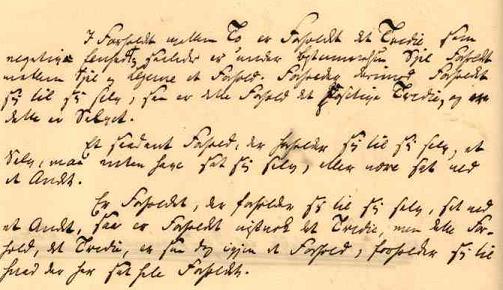集合と辞書は似ています。
fruits = {'apple', 'melon', 'peach'} print(type(fruits)) # <class 'set'> print(len(fruits)) # 3 data = {'Alice': 27, 'Bob': 35} print(type(data)) # <class 'dict'> print(len(data)) # 2
コロンを使わず、要素を並べたものは集合になります。集合は順序を持たないため、下のコードは実行するたびに異なる結果を出力します。
fruits = {'apple', 'melon', 'peach'} print(fruits)
集合の要素になりうるもの
students = {['Alice', 27], 'Bob'} print(students) # TypeError: unhashable type: 'list'
リスト、辞書、集合といった unhashable なものは集合の要素になりません。リストの集合、辞書の集合、集合の集合はない、ということです。
集合の要素は hashable である必要があります。整数、浮動小数点数、ブール値、文字列、そしてタプルは hashable です。
items = {-100, 3.14, True, 'Alice', ('Roll', 'Pie')} print(items) if ('Roll', 'Pie') in items: print('ロールパイ') else: print('No')
要素の存在を確認する
students = {'Alice', 'Bob'} if 'Alice' in students: print('Exist') else: print('No')
集合に要素を追加する
items = {1, 2} items.add(3) print(items) # {1, 2, 3} items.add(2) print(items) # {1, 2, 3}
すでに存在する要素を追加しても、集合は変わりません。集合に集合を追加するには update を使います。
items = {1, 2} others = {3, 4} items.update(others) print(items) # {1, 2, 3, 4} print(others) # {3, 4}
集合から要素を削除する
items = {1, 2, 3, ('roll', 'pie')} items.remove(1) print(items) # {2, 3, ('roll', 'pie')} items.remove(('roll', 'pie')) print(items) # {2, 3}
存在しないものを削除するとエラーが起きます。
items = {1, 2, 3, ('roll', 'pie')} items.remove(100) # KeyError: 100
存在するかわからないものを削除したいときは discard を使います。
items = {1, 2, 3, ('roll', 'pie')} items.discard(('roll', 'pie')) print(items) # {3, 1, 2} items.discard(100) print(items) # {3, 1, 2}








